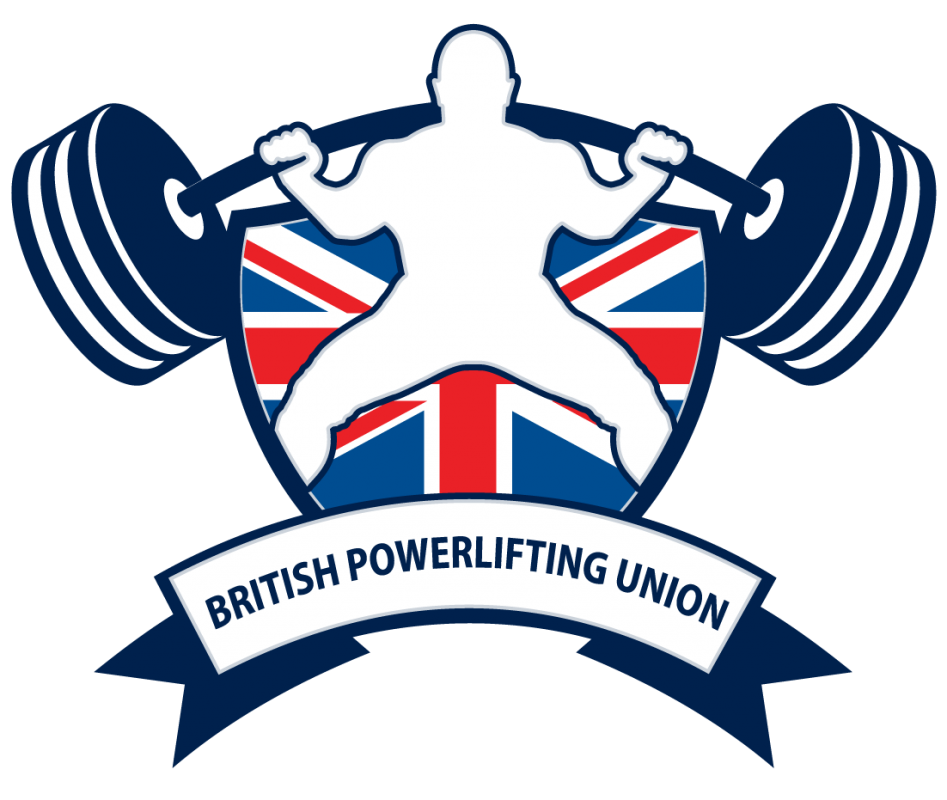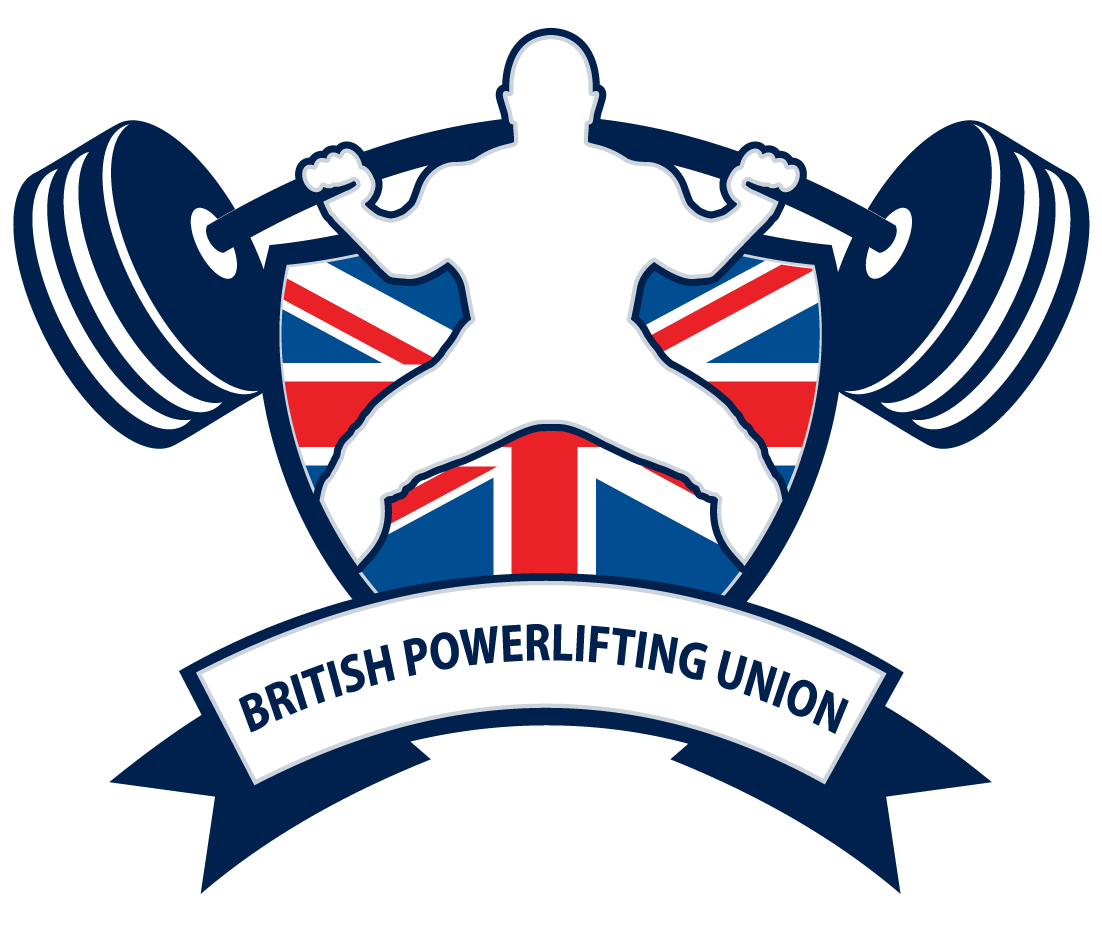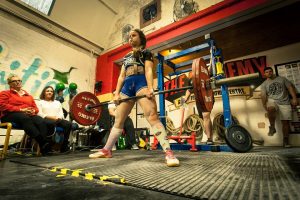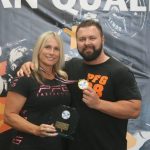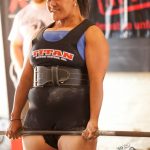Here you can find the details for both federations, the ABPU and BPU referees, both International and National.
Referees.
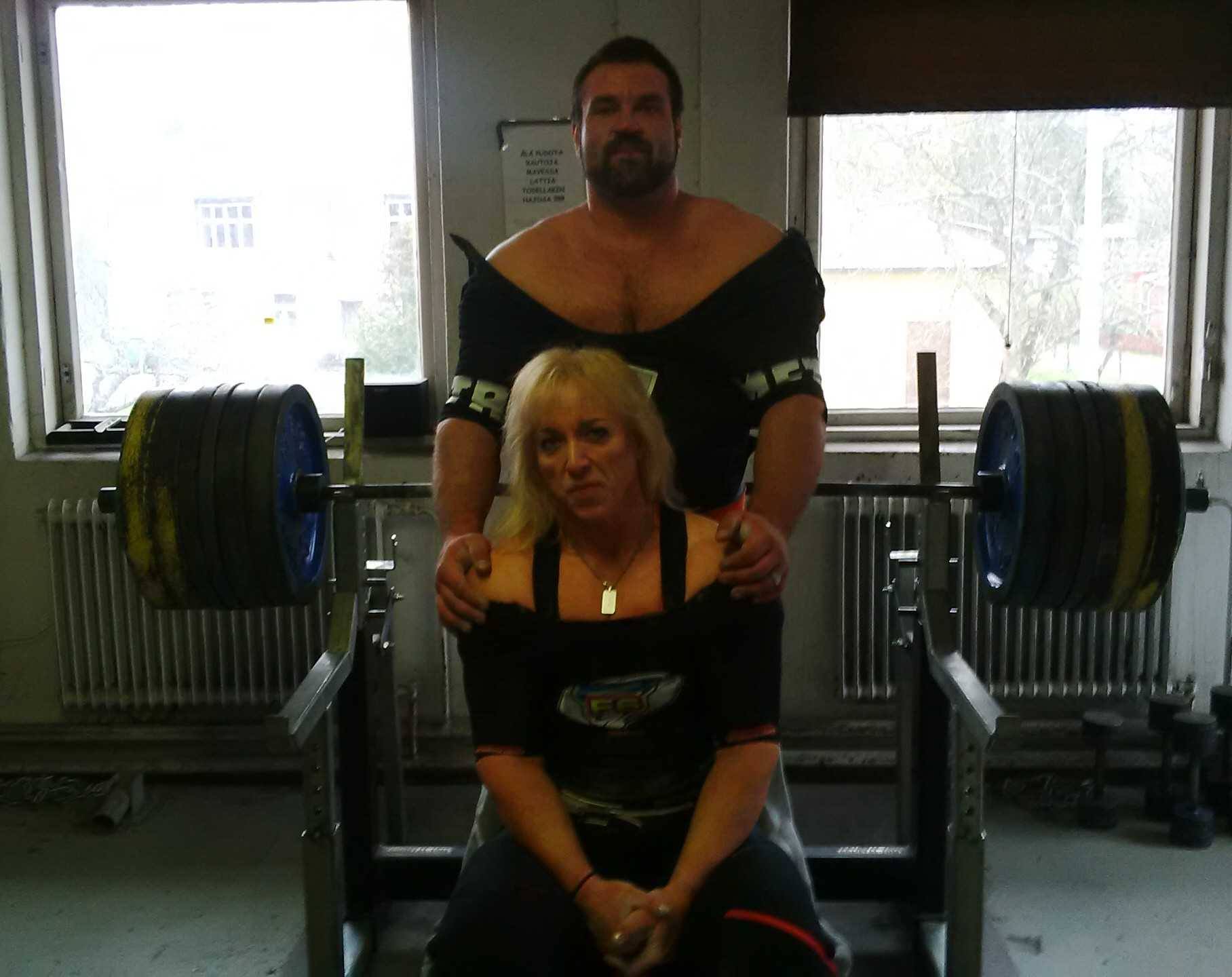 Emma Ylitalo-James – International
Emma Ylitalo-James – International
Kalle Ylitalo-James – International
 Darren Hammond – National
Darren Hammond – National
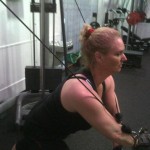 Patricia Wetton – INTERNATIONAL
Patricia Wetton – INTERNATIONAL
Official Referee Registrar
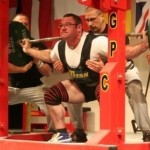 Steve Middleton-Lowes – National
Steve Middleton-Lowes – National
Mitch Ravenscroft – National
Kerry Jones – National
Shell Reed – National
Robin Vaughan – National
Peter Tryner – National
Viv Dickinson – National
Frankie Kemp – National
Gareth James – National
Elaine Rollo – National
Pete Tryner – National
Eliot Page – National
Scott Halliday – National
James Godber – National
Phil Horwood – National
Jason Berrington – National
Mo Barnes – International
Adam Riman – International
Amanda Hillary – National
 Dayle Longford – National
Dayle Longford – National
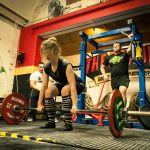 Jess Pallot – International
Jess Pallot – International
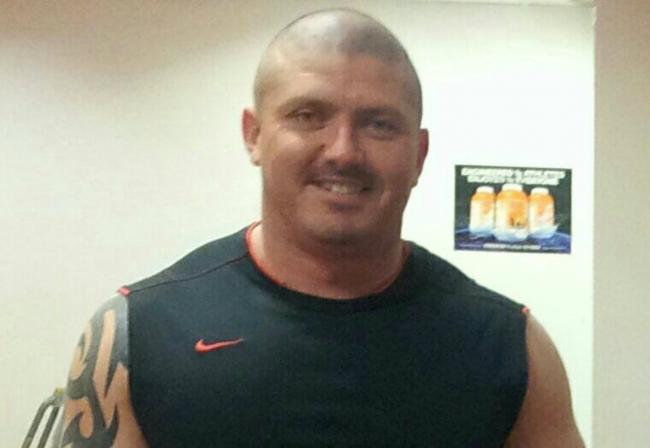 Aron Hosking – National
Aron Hosking – National
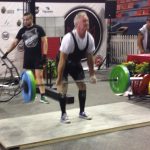 Richard Kemp – INTERNATIONAL
Richard Kemp – INTERNATIONAL
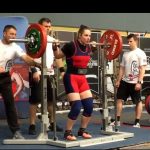 Gemma Wright – International
Gemma Wright – International
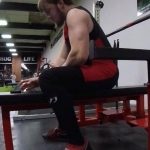 Daniel Whittall – International
Daniel Whittall – International
Jo Halliday – national
Mo Proctor – International
Refereeing
As with all referees within any federations there are rules and guidelines. Full details can be found in the current WPC Rule Book which is downloadable from our web site or from the WPC Web site. There are however some small differences between national and WPC international meets. These are a few of the general rules for each lift, they are of course many more so do read the rule book a few differences are noted here.
RULES UPDATES AND CLARIFICATION
The current 2023 WPC Rule book is here: WPC-Rule-book-2023-Dec Update
UPDATE: NEW NATIONAL BENCH ONLY CLASS – UNLIMITED DIVISION
The addition on the Unlimited Bench Only Category has been added officially on the 1st October 2023 for which National Records are able to be broken and current records include standardised starting records. Please be aware that currently the Unlimited Bench division is not available at WPC Internaitonal Events.
The following are the rules on the construction of the unlimited shirts. All other rules remain the same on the proceedure and commencement and completion of the lift as per the bench press under single and multiply.
“Band shirt division, also known as ‘unlimited’ or ‘soft equipment’ division, is a single lift bench press only equipment class. The shirts allowed in band shirt division are not allowed in Multi Ply.
Construction:
- The band shirt shall have a shirt shape, ie. Defined chest area, separate cylindrical sleeves and it needs to cover the shoulders and sides of the lifter. It shall be worn under a non-supportive singlet, as in single- and multi-ply bench press classes.
- The shirt may consist of any number of layers of fabric material, but any part of the shirt cannot exceed 25mm in thickness, whilst UNSTRETCHED and with only moderate pressure applied to it (such as a loose finger grip or the pressure of a lightly tightened micrometer). This ensures that whilst stretched and flattened under pressure while performing the lift, the material will not in any meaningful way shorten the range of motion of the bar to chest.
- The supportive part of the shirt shall consist of layers of similar cotton/polyester/rubberised (or any mixture of the above) fabric, and no hinges, buckles, laces or material other than fabric are allowed. Fabric handles for pulling the shirt back or fastening it, like in multi ply, are allowed.
- The shirt has to include material that covers the stomach and is capable of securing it to the lifter around the back in such a way that the shirt itself does not protrude from under the singlet.
- Referees can challenge any shirt that has considerable protrusion that either hinders the visibility of referees or affects the range of motion of the lift and head referee will decide if the equipment can be worn.5The shirt must be worn in such a way that shoulders are covered and elbows are visible before and during the lift.”
Reminders for Disqualification on lifts:
Causes for Disqualification of a Squat
1. Failure to observe the head referee’s signals at the commencement or completion of a lift.
2. Double bouncing or more than one recovery attempt at the bottom of the lift.
3. Failure to assume an upright position with knees locked at the commencement and completion of the lift.
4. Movement of the feet laterally, backward or forward that would constitute a step or
stumble.
5. Failure to bend the knees and lower the body until the surface of the legs at the hip
joint are lower than the tops of the knees. (Refer to Diagrams 2, 3 & 4).
6. Any resetting of the feet after the squat signal.
7. Contact with the bar by the spotters between the referee’s signals.
8. Contact of elbows or upper arms with the legs.
9. Failure to make a bona fide attempt to return the bar to the racks.
10. Any intentional dropping or dumping of the bar.
Causes for Disqualification of a Bench Press
1. Failure to observe the referee’s signals at the commencement or completion of the
lift.
2. Any change in the elected position that results in the buttocks breaking contact with the bench, or lateral movement of the hands (between the referee’s signals). Any
excessive movement or change of contact of the feet during the lift proper.
3. Bouncing the bar off the chest.
4. Allowing the bar to sink into the chest after receiving the referee’s signal.
5. Pronounced uneven extension of the arms during or at the completion of the lift.
6. Any downward motion of the bar during the course of being pressed out.
7. Contact with the bar by the spotters between the referee’s signals.
8. Any contact of the lifter’s shoes with the bench or its supports.
9. Deliberate contact between the bar and the bar rest uprights during the lift to assist
the completion of the press.
10. It is the responsibility of the lifter to inform any personally enlisted spotters to leave the platform as soon as the bar is secured at arms length. Such spotters shall not return to the platform upon completion or failure of the attempt. It is especially
important for a spotter providing a centre lift off to leave the platform quickly so as
not to impair the head referee’s view. Failure of any personal spotters to leave the
platform may cause disqualification of the lift.
Causes of Disqualification of a Deadlift
1. Any downward motion of the bar before it reaches the final position.
2. Failure to stand erect.
3. Failure to lock the knees straight at the completion of the lift.
4. Supporting the bar on the thighs during the performance of the lift. ‘Supporting’ is
defined as a body position adopted by the lifter that could not be maintained without
the counterbalance of the weight being lifted.
5. Movement of the feet laterally, backward or forward that would constitute a step or stumble.
6. Lowering the bar before receiving the head referee’s signal.
7. Allowing the bar to return to the platform without maintaining control with both
hands.
What happens if you get a red light or fail the lift?
If you get a red light but don’t fail the lift, please ask the referee what it was for. They will give you a short answer clearly as to not interfere with the next lifter. A referee may also ask to speak to you after your lift to advise you of something they may have noticed you may not be aware of which may help you in your forthcoming attempts. The BPU/ABPU have added the latter in order to aid the lifter which is not in the WPC Rule book but an addition to our own rules for qualifying and national meets.
Under the WPC Rules, if a head or side referee observes an infringement as the lifter is about to enter the platform they will inform the lifter with the opportunity to correct it. This is also true on the commencement of the set up of each of the lifts as follows:
“Prior to the commencement of the Squat or Bench Press, if any of the referees do not accept any aspect of the set up of the lifter, they will call attention to the fault as
previously described in 8 (a). If there is a majority opinion among the referees that a fault exists, the head referee will not give the signal to commence the lift and will inform the lifter to “Rack” the bar. A head referee seeing a fault that may not be visible to the side referees, e.g. hands holding the collars or discs on the Squat or a grip in excess of 81cm on the Bench Press, may act alone in informing the lifter to “Rack” the bar. If requested, it is required of the head referee to quickly confirm the nature of the fault and to explain this to the lifter or coach. The lifter has the remainder of any unexpired time allowance to repeat the attempt with the fault corrected, and receive the commencement signal. Note: for the above reasons it is important that the Time Keeper stop timing attempts on the Squat and Bench Press only when the lifter has received the commencement signal.
If you fail the lift and wish to challenge it there are two procedures, one for WPC International and one for National Level. Please be aware of this.
As stated in the WPC Rule book, for International WPC events the following applies: At World Championships and International competitions “WPC Contest Officials” will be appointed to preside over all aspects of the competition. They shall ensure that the technical rules are correctly applied, consider and rule upon any appeals, and generally oversee the competition and refereeing. Five such “WPC Contest Officials” shall be appointed for World Championships, a minimum of three of which must be from different countries (these are the WPC International Referees on platform); and three for other international competitions, at least two of which must be from different countries. A reserve member will also be appointed to act in the case of another’s absence. All “WPC Contest Officials” must be WPC Referees.
If a serious mistake occurs in the refereeing, which is contrary to the technical rules, the “WPC Contest Officials” may take appropriate action to correct the mistake.
They cannot overrule or change the decisions of the referees but may, at their discretion, grant the lifter an additional attempt.
All appeals against referee’s decisions or conduct, complaints regarding the progress of the competition or against the behavior of any person or persons
taking part in the competition will be made to the appointed “WPC Contest Officials”. This must be done immediately following action of which there is a complaint or appeal. The appeal must be backed by the team manager and/ or coach and presented in the presence of either or both. The appointed “WPC Contest Officials” will consider all such complaints
For National and Qualifying Competitions: The above applies as in overall procedure. However, if you are challenging a decision, you must immediately approach the head referee to ask what the failure of the lift was for. You have the right to ask to challenge that decision and this lies solely with the head referee. They will consult briefly with other two referees for any information which may alter or consolidate the decision. The decision at this point is final and no further discussion will be entered into.
For BOTH National and WPC International competitions the rule applies as per the WPC Rule book:
Referees shall, if requested, explain to a lifter or coach the reason or reasons why a lift was judged “no lift”. All that is required of such an explanation is an accurate statement, debates will not be entered into, and an explanation will not cause distraction of the referee from the attempt of the next lifter. Referees shall abstain from any other commentary and not receive any document or verbal account concerning the progress of the competition.
The BPU and ABPU have added the use of video which comes under the wording of “document” in the above rule. WPC, ABPU and BPU referees will abstain from any further discussion of decisions post competition through any medium.
RULES UPDATES AND CLARIFICATION
The current 2023 WPC Rule book is here: WPC-Rule-book-Official-Website-2022doc (1)
The addition on the Unlimited Bench Only Category has been adeed offically on the 1st October 2023 for which National Records are able to be broken. Please be aware that currently the Unlimited Bench division is not available at WPC Internaitonal Events.
The following are the rules on the construction of the unlimited shirts. All other rules remain the same on the proceedure and commencement and completion of the lift as per the bench press under single and multiply.
“
- Band shirt division, also known as ‘unlimited’ or ‘soft equipment’ division, is a single lift bench press only equipment class. The shirts allowed in band shirt division are not allowed in Multi Ply.
- Construction:
- The band shirt shall have a shirt shape, ie. Defined chest area, separate cylindrical sleeves and it needs to cover the shoulders and sides of the lifter. It shall be worn under a non-supportive singlet, as in single- and multi-ply bench press classes.
- The shirt may consist of any number of layers of fabric material, but any part of the shirt cannot exceed 25mm in thickness, whilst UNSTRETCHED and with only moderate pressure applied to it (such as a loose finger grip or the pressure of a lightly tightened micrometer). This ensures that whilst stretched and flattened under pressure while performing the lift, the material will not in any meaningful way shorten the range of motion of the bar to chest.
- The supportive part of the shirt shall consist of layers of similar cotton/polyester/rubberised (or any mixture of the above) fabric, and no hinges, buckles, laces or material other than fabric are allowed. Fabric handles for pulling the shirt back or fastening it, like in multi ply, are allowed.
- The shirt has to include material that covers the stomach and is capable of securing it to the lifter around the back in such a way that the shirt itself does not protrude from under the singlet. Referees can challenge any shirt that has considerable protrusion that either hinders the visibility of referees or affects the range of motion of the lift and head referee will decide if the equipment can be worn.
- The shirt must be worn in such a way that shoulders are covered and elbows are visible before and during the lift.
